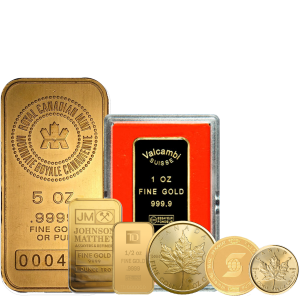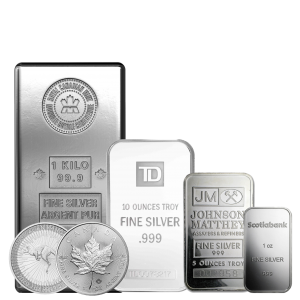

Back
How to Get Silver Coins Worth Melt Value – Know the Real Worth
June 27, 2025
What Is the Value of Silver When It Melts?
The inherent worth of the silver content of a coin is referred to as the silver melt value. This value is determined only by the coin's weight and purity, and does not consider any collector, numismatic, or historical value. Considering the current market values, this is the amount of money that the coin would be worth if it were to be melted down and sold for the silver content that it contains. In most cases, investors who purchase silver coins for their melt value are more concerned with the investment worth of the metal than they are with the collectible attraction of the coins.
Coins Made of Silver
Silver coins aren’t just for collecting; they can also be smart investments. If you grab silver coins at face value or even cheaper, you can later sell them for their melt value and pocket some profit. There's a lot to gain by really getting to know the market, the worth of silver, and the details of each coin.
Even though certain silver coins are valued merely for their silver content, major silver coins that have numismatic significance are also valuable. If you sell a collectible for its melt value, you run the risk of missing out on the benefits that come with commemorative silver coins.
The Silver Content Is A Variable
The amount of precious metal in silver coins can change based on things like their size, the year they were made, regulations, and a few other factors. Over time, the silver content in coins has changed, which has affected their melt values.
So, even though the weights of pre-1965 U.S. quarters, dimes, and half dollars can differ, they all have that classic ninety percent silver content. Canadian Maple Leafs are almost entirely made of silver. One ounce of silver that is 90% pure is equivalent to 0.9 troy ounces of silver.
How to Figure Out the Melt Value of Silver
Silver Melt Value = Metal Price/Ounce × Weight of the Coin in Ounces × Metal Purity
It's important to keep an eye on the current prices of silver. To ensure that you are always up to date, we make sure that our website presents the current price of silver.
Impacts on the Value of Silver Coins After Melting
- • The spot price of silver is the price for one troy ounce of silver on the global market, and it’s the key factor that decides how much silver melt is worth.
- • The coin's melt value is based on how pure it is.
- • It depends on how much silver is in the coin to figure out its melt value.
- • The demand for silver bullion depends on a few key players, like the electronics industry, solar energy, and the jewellery industry.
- • Inflation, currency fluctuations, geopolitical wars, and financial crises are some of the worldwide events that might have an impact on the price of silver.










